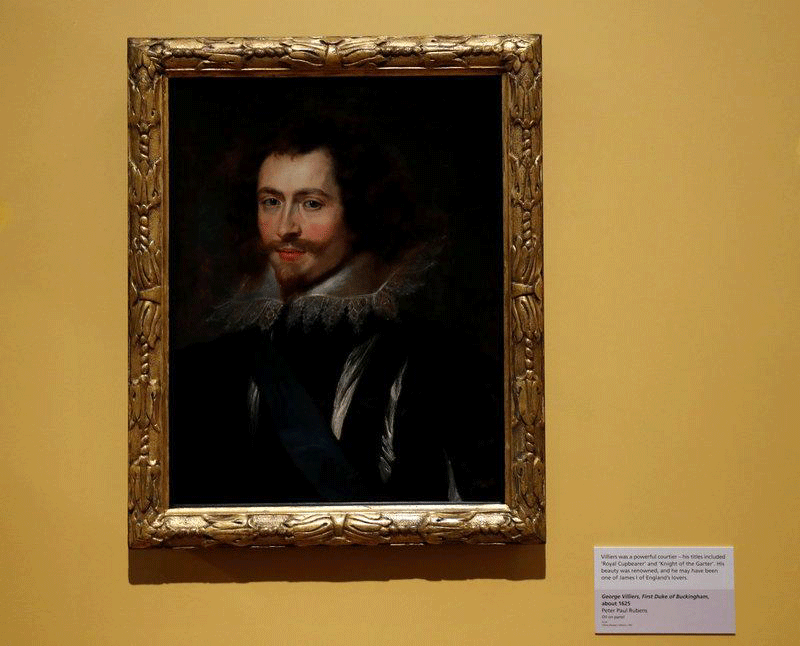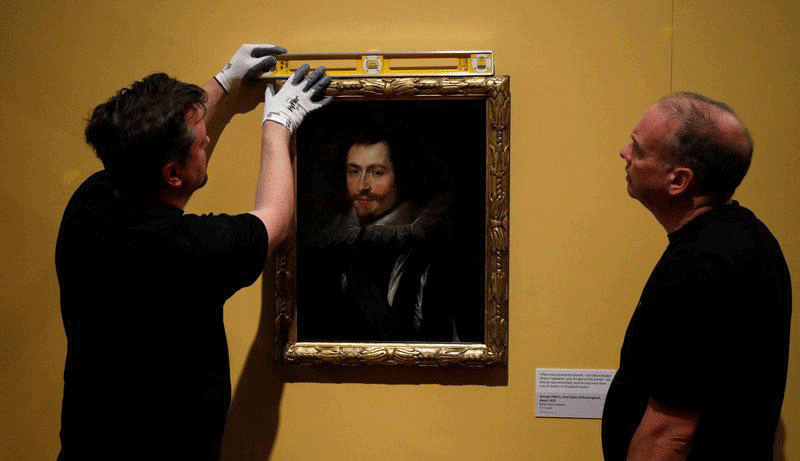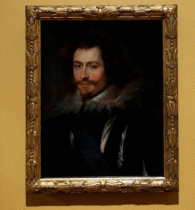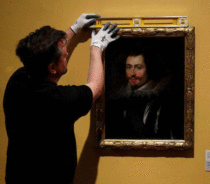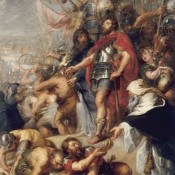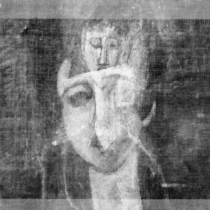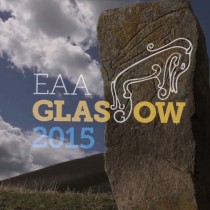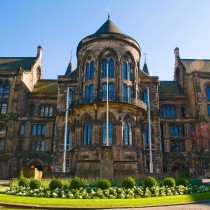An original portrait of the first Duke of Buckingham by Peter Paul Rubens, thought to have been a copy, has been found in Glasgow. The portrait had been in the gallery of Pollock house, property of the National Trust for Scotland, and it was discovered by Dr Bendor Gorsvenor, from BBC4, who thought it could be the real thing while visiting the gallery. Gorsvenor returned several times to the gallery to inspect the work closer and he found several features which were trademarks of Rubens’s technique.
The portrait depicts George Villiers, the first Duke of Buckingham, perhaps one of the most famous gay men in history. Villiers was a commoner who managed to climb the aristocratic rank and he was so close to King James that he was given access to the monarch’s bedchamber through a secret passageway. He was thought to have been lover of James VI and James I. The relationship of the Duke with the kings is debated but the king did refer to him as his husband and their relationship scandalised the court. Three years after James died the duke was assassinated. It was known that Rubens had indeed painted a portrait of the Duke of Buckingham, in about 1625, but historians thought that it had been lost.
After conservation work by the art restorer Simon GIllespie, who has returned the portrait to its original state, the painting has been authenticated as a Rubens by Ben van Bebeden, director of the Rubenshuis in Antwerp.
Various techniques were deployed to examine the authenticity of the portrait, from dendrochronology tests on the panel where the portrait was painted, which showed that it was created in the early 1620s and in the way practiced in Rubens’s studio, to infrared and X-ray, and analysis as well as cleaning of alterations.
The portrait is a sketch, a study for a larger painting which was destroyed in a fire in 1949. This version of it was finished by someone and that is why it looked more like a copy. It was meant to be part of a grand equestrian portrait that Buckingham commissioned from Rubens in Paris. A sketch of the entire work is in the Kimbell Art Museum in Texas.
The painting will now be on display at Kelvingrove gallery of Glasgow Museum.
